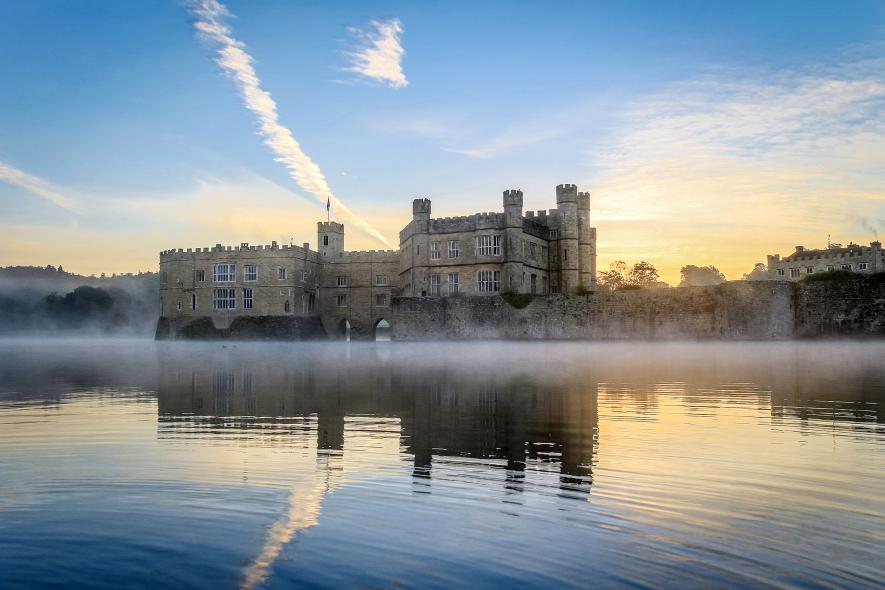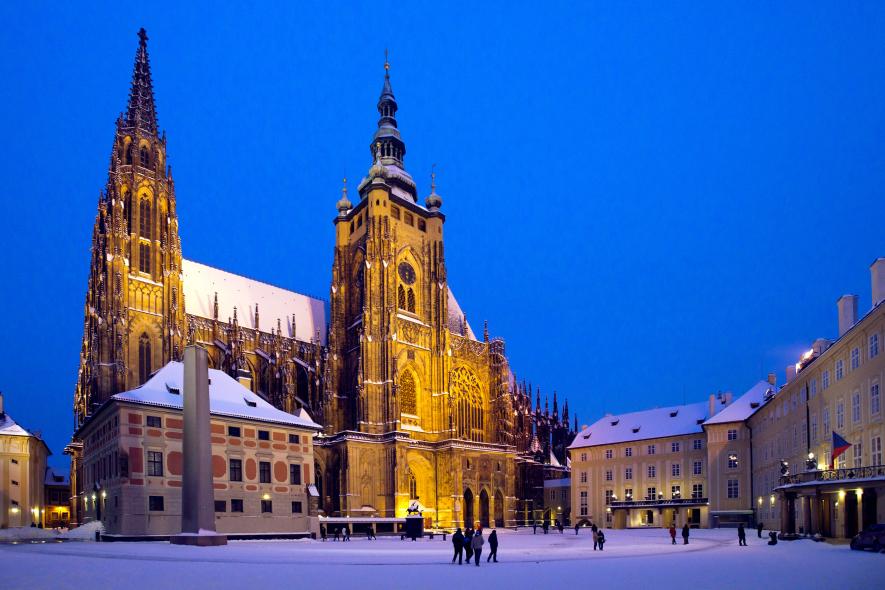This Immense, Fairy-Tale Castle was Built for One Person

The “fairy-tale” king built a dazzling site with a curious history.
By Andrea Leitch (https://www.nationalgeographic.com/travel/destinations/europe/germany/neuschwanstein-castle-fairy-tale-king-ludwig/?utm_source=NGdotcom-Travel&utm_medium=Email&utm_content=20180104_Travel_Newsletter_PM&utm_campaign=NGdotcom&utm_rd=966453812)
High in the Alpine foothills of Germany sits one of the most iconic castles in Europe. The “fairy-tale” king, Ludwig II of Bavaria, built this dazzling Neuschwanstein palace to withdraw from public life after losing his power in the Austro-Prussian war. It’s believed that he built his new castle as the centerpiece for an imagined kingdom—one in which he was the true king.
It became a real-life fantasy world modeled after medieval legends: the pictures on the wall express love, guilt, repentance, and salvation, particularly in the depiction of lovers, poets, knights, and kings.
Construction began in 1869 on top of castle ruins and workers labored day and night for more than a decade to complete enough of the home for Ludwig II to move in. Theatrical designers and artisans worked alongside architects to create the palatial home with state-of-the-art technology. Despite its enormous size and original plan to have 200 rooms, it was built for only one person to live in.

VISIT AN IMMENSE, REAL-LIFE FAIRY-TALE CASTLE High in the Alpine foothills of Germany sits one of the most iconic castles in Europe. The “fairy-tale” king, Ludwig II of Bavaria, built this dazzling Neuschwanstein palace to withdraw from public life after losing his power in the Austro-Prussian war.
King Ludwig II dedicated the castle to Richard Wagner, the famous composer who was a close friend and confidant for many years.
“The location is one of the most beautiful to be found, holy and unapproachable, a worthy temple …” Ludwig wrote to Wagner.
However, Ludwig’s fantastical vision for his kingdom soon deteriorated. Foreign banks threatened to seize his massive property in 1885, but he refused to respond rationally. In retaliation, the government declared him insane and forced his removal from the throne.
The private king was found dead just weeks after moving into his new home in 1886. His corpse was discovered in nearby Lake Starnberg; many believed it was suicide but others believed it was assassination. His psychiatrist, who certified him as insane, was found dead with him.

Seven weeks following the mysterious death of the eccentric king, Neuschwanstein opened to a fascinated public, and remains the most visited castle in Germany and one of the most popular tourist destinations in Europe.
More than a million people have visited the dreamy castle, and visitors trickle in to see the lavish rooms, including a grotto and conservatory, “Singer’s Hall,” and throne room. Beyond the opulent rooms is a sweeping view of Bavaria, most notably the mountains of Tyrol, Alpsee lake, and Hohenschwangau valley.
The fairy-tale design and picturesque surroundings inspired Walt Disney to create the Sleeping Beauty castle in Disneyland. It’s also rumored to be the inspiration for the castle in Disney’s 1950 film Cinderella. Despite the hermit king’s unhappy ending, his vision has inspired many more happily ever afters.

Hi! I am a robot. I just upvoted you! I found similar content that readers might be interested in:
https://www.nationalgeographic.com/travel/destinations/europe/germany/neuschwanstein-castle-fairy-tale-king-ludwig/